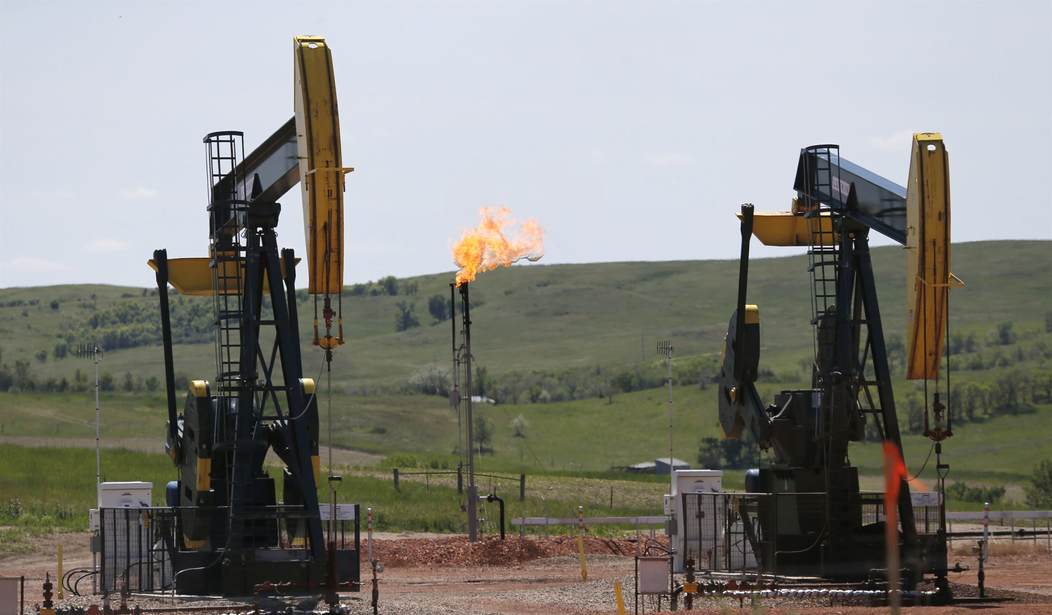If you live in the United States today, chances are you probably use energy in some form every day – natural gas to heat your home or to cook, gasoline to run your car, or any range of plastics derived from petrochemical products. In fact, U.S. natural gas consumption reached a record high in 2018, due in large part to the role that natural gas plays in electricity generation. According to the U.S. Energy Information Administration (EIA), the electric power sector has come to rely on natural gas for over one one-third (35%) of utility-scale electricity generation. That figure is likely to climb as new natural gas generator capacity additions replace coal-fired power plants.
Fortunately, the U.S. continues to make incredible strides in domestic energy production, reaching record levels of oil and natural gas resources. To build fully on that success, it will be critical to construct, maintain, and operate infrastructure – like midstream pipelines – that is able to meet our transportation needs.
Resources like oil and natural gas clearly play a crucial role in maintaining our quality of life. We don’t often consider where those resources come from, or how they arrive. But there’s a whole network of underground pipelines operating virtually unnoticed each and every day, carrying crude oil, natural gas, and natural gas liquids from production sites to end markets across the country – in fact, there are about 2.4-million miles of natural gas pipelines and more than 190,000 miles of liquid petroleum pipelines operating safely and efficiently each day. This network is powering American businesses and providing American consumers with reliable, affordable energy resources in an environmentally friendly way.
In order to keep the American economic engine turning, these resources need to reach regional markets. When compared to alternative modes of transit – like truck, rail, or barge – pipelines are the safest means of transporting oil and natural gas. Additionally, pipelines produce fewer carbon emissions than rail, providing a more environmentally sound method of transportation. Importantly, the construction and operation of these projects are overseen by federal, state, and local regulatory authorities, who ensure that the process is completed safely and successfully.
Recommended
And the positive impacts of midstream infrastructure don’t apply strictly to the energy industry. Safe, affordable energy translates into downstream benefits for businesses of all sizes as well as for consumers. Reliable access to affordable energy resources translates into lower overhead costs for small businesses – making them more efficient and more productive, allowing owners to direct funds to other needs. Natural gas is also critical to manufacturing operations, serving as both a feedstock for a huge array of hydrocarbon-based consumer goods or process heating for manufacturing purposes. Natural gas also plays a huge role in agricultural operations, used in everything from drying grain to fertilizers.
Additionally, the construction and operation of these projects typically yield significant tax revenue for local governments. These funds support a range of municipal services, from school districts to emergency responders and road repairs. Take the Rover Pipeline, for example, which went into service carrying natural gas through Ohio in 2018. The project has already paid $73 million in annual property taxes, and is on track to pay more than $180 million across the entire route in property taxes for 2019. These are some pretty incredible sums to be contributed to the betterment of local communities along the pipeline route.
Pipelines create a wide range of benefits that we don’t think about every day. But midstream pipelines ensure that the American economy – and businesses – continue to thrive. From job creation to tax revenues and ultimately reliable access, our energy infrastructure is undeniable driver of economic growth and prosperity.



















Join the conversation as a VIP Member